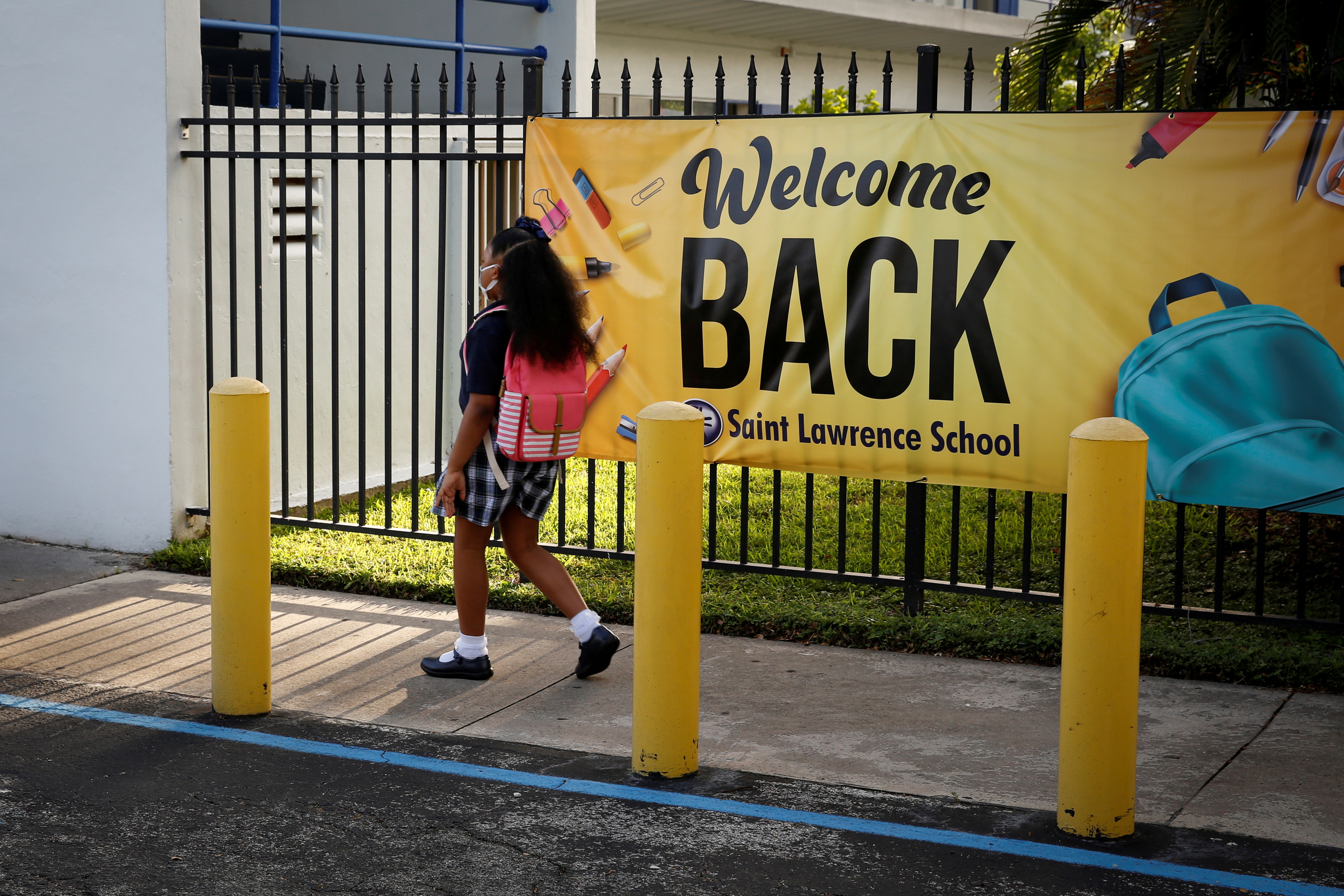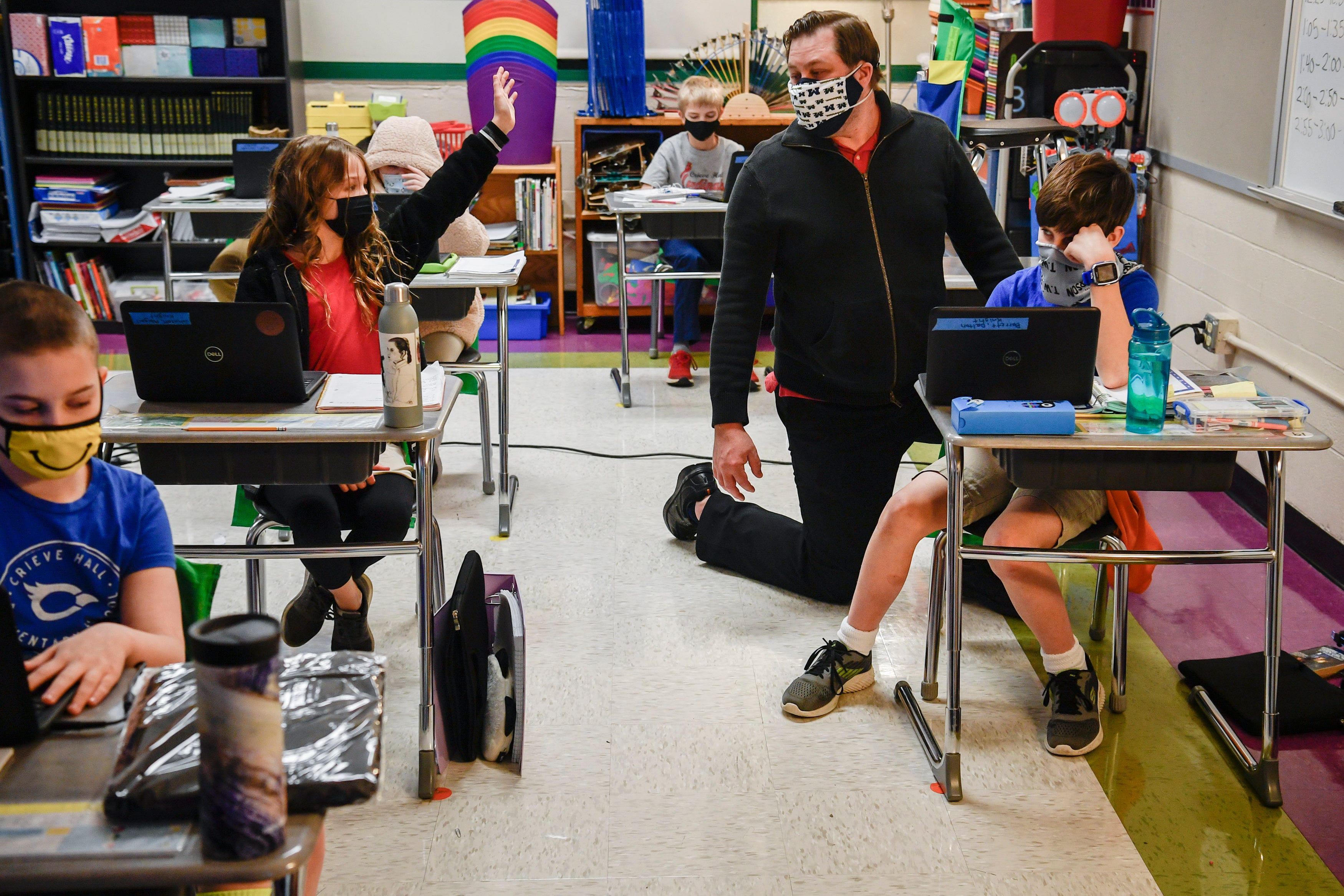

The 2020-2021 academic year was unlike any other. After nationwide school closures during the spring of 2020, schools reopened in the fall using combinations of in-person, hybrid, and remote learning models. Teachers had to adapt to unexpected conditions, teaching in unprecedented ways, using synchronous and asynchronous instruction, while also being challenged to establish connections with students, families, and colleagues. Health concerns added to the mix as some teachers went back to in-person education during the height of the pandemic. As a result, teachers’ levels of stress and burnout have been high throughout these unusual pandemic times, raising concerns about a potential increase in teacher turnover and future teacher shortages.
A RAND survey, fielded in early January 2021, found that nearly one-quarter of teachers indicated a desire to leave their jobs at the end of the school year, compared with an average national turnover rate of 16% pre-pandemic according to NCES data. In our research brief, we use new survey data from the nationally representative RAND American Teacher Panel (ATP) to provide additional insights into these issues.
We study data from 1,045 teachers from a survey administered in March 2021. About 30% of teachers in our sample reported teaching fully remote for the majority of the school year, 49% reported that they taught in a hybrid model, and 21% reported teaching fully in person. A large majority of teachers in our sample (71%) reported they had to switch instructional models at least once during the 2020-2021 school year, and the average teacher switched models twice. To see how teachers’ attitudes may have changed through the pandemic, we compare the March 2021 data to responses to a pre-pandemic survey of 5,464 teachers administered mid-February to mid-March 2020.
We find that, during the pandemic, teachers have become less certain that they would work a full career in the classroom. In March 2020, 74% of teachers reported that they expected to work as a teacher until retirement, while 9% said they did not expect to, and 16% did not know. In contrast, in March 2021, 69% of teachers reported they expected to work as a teacher until retirement, while 9% reported they did not expect to, and 22% said they did not know.
Teachers’ reported probability of leaving their current state or the profession within the next five years also increased from 24% on average in March of 2020 to 30% in March 2021. This change was due to a reduction in the percentage of teachers reporting a zero probability of leaving and a corresponding increase in the percentage reporting chances above 50%.

Dr. Nathan Chomilo, Chelsea Clinton, Dr. Judith Guzman-Cottrill, Dr. Neil A. Lewis, Jr.
 Metro Nashville Public Schools Students Return In Person Jn 014" />
Metro Nashville Public Schools Students Return In Person Jn 014" />
Helen F. Ladd, Steven W. Hemelt, Calen R. Clifton